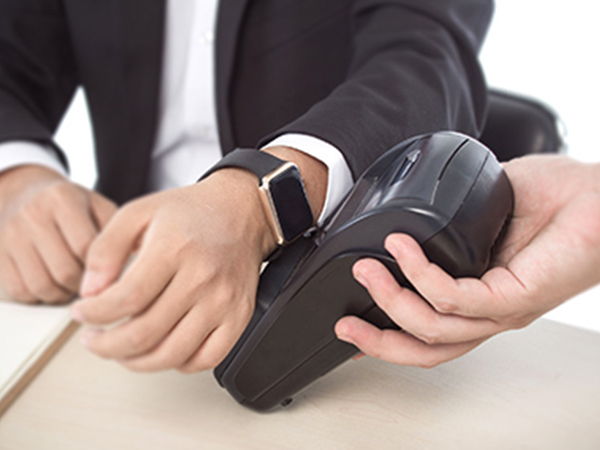- TOP
Domestic BD:
18002872908
Overseas BD:
13763098386
- Consultation
- Wechat code

- WeChat


Mobile payment is a service method that allows users to use mobile terminals to pay for goods or services they consume. Units or individuals send payment instructions directly or indirectly to banking...
Details:
Mobile payment is a service method that allows users to use mobile terminals to pay for goods or services they consume. Units or individuals directly or indirectly send payment instructions to banking financial institutions through mobile devices, the Internet or proximity sensing to generate currency payments and fund transfers, thereby realizing mobile payment functions. Mobile payment integrates terminal equipment, the Internet, application providers, and financial institutions to provide users with financial services such as cash and bill payment. The mobile payment terminal is powered by a large-capacity lithium battery to ensure the continuous, efficient and stable operation of the product.
1. Lithium battery design requirements for mobile payment terminals.
According to customer requirements and product specifications, design batteries that match the host, and incorporate lithium batteries and safety protection into the solution. In the design process of the entire program, the goal is to achieve the most perfect combination with the host, to ensure the safety of the battery, battery and the entire system, and first to meet the corresponding design regulations and certification regulations. In order to ensure the safety and reliability of lithium batteries, multilayer protection must be built inside the battery to prevent damage to the lithium battery due to overcharging, overdischarging, or short circuit.
1) Lithium battery model design requirements: 402060-1S1P/450mAh/3.7V.
2) Design requirements for the circuit part.
1. Single battery overcharge protection voltage: 4.28 & plusmn; 0.25V
2. 4.08 plus 0.50V.
3. Single battery overload protection voltage: 3.00 ± 0.08 V.
4. Single battery over-discharge recovery voltage: 3,00 ± 0,08 V.
5. Combined battery over-current protection value (10 milliseconds): 1.5~3.5A
6. Combined battery overheating protection value (renewable): 70 and 5 minutes
7. The finished battery also has short circuit and reverse charging protection.
3) Design requirements for battery cycle life: 300~500 times (national standard charge and discharge standards
4) Design requirements for battery size: refer to the lobby computer housing
2. Schematic diagram of the lithium battery design for mobile payment terminals.
1) Protection circuit board (PCM): This is mainly a protection circuit designed for rechargeable lithium batteries. Due to the chemical characteristics of lithium batteries, it is necessary to provide protection functions such as intelligent power calculation, overcharge, overdischarge, short circuit and overcurrent. In order to avoid dangers such as burning and explosion.
2) Protection IC (Protection IC): The main protection function chip in the design scheme, online monitoring of the battery's overcharge, overdischarge, overcurrent, short circuit and other functions , So that the battery can operate safely. , Stable and effective range.
3) Temperature switch: Mainly designed for temperature protection. Once the temperature of the battery itself reaches the range of 70+5°C due to other abnormal problems, the temperature switch will perform temperature protection.
4) Polymer lithium ion battery: 402060P/450mAh/3.7V lithium polymer battery.
5) MOSFET: As a switch in the protection circuit, MOSFET will always prevent the voltage across the load from rising or falling to ensure voltage stability.
6) Battery packaging: heat shrinkable PVC